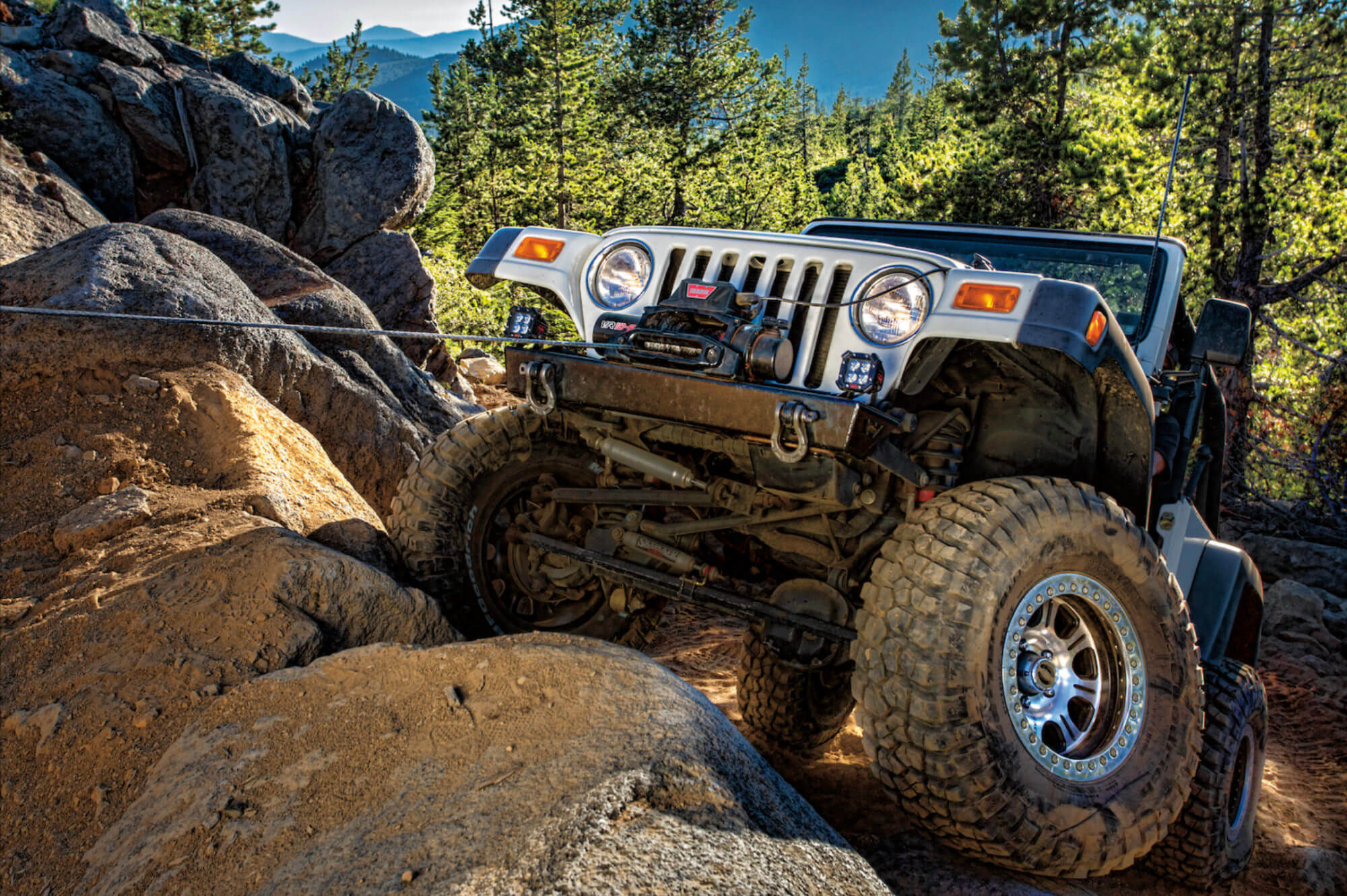
Photography by John Cappa and Courtesy of the manufacturers
Adding a recovery winch to your 4×4 is one of the best ways to increase the likelihood that you can extract yourself or others from a sticky situation and make it back home as planned. Simply having a recovery winch available to you, and more importantly the knowledge of how to use it correctly and efficiently will offer great amounts of confidence and security when traveling off-road either alone or with others. The road to this added confidence and capability starts with choosing the right winch for your application. Not all winches are created equal. There are a lot of specs to consider and personal preferences to address before bolting a recovery winch to your 4×4. Here are some things to consider before you make your winch purchase.
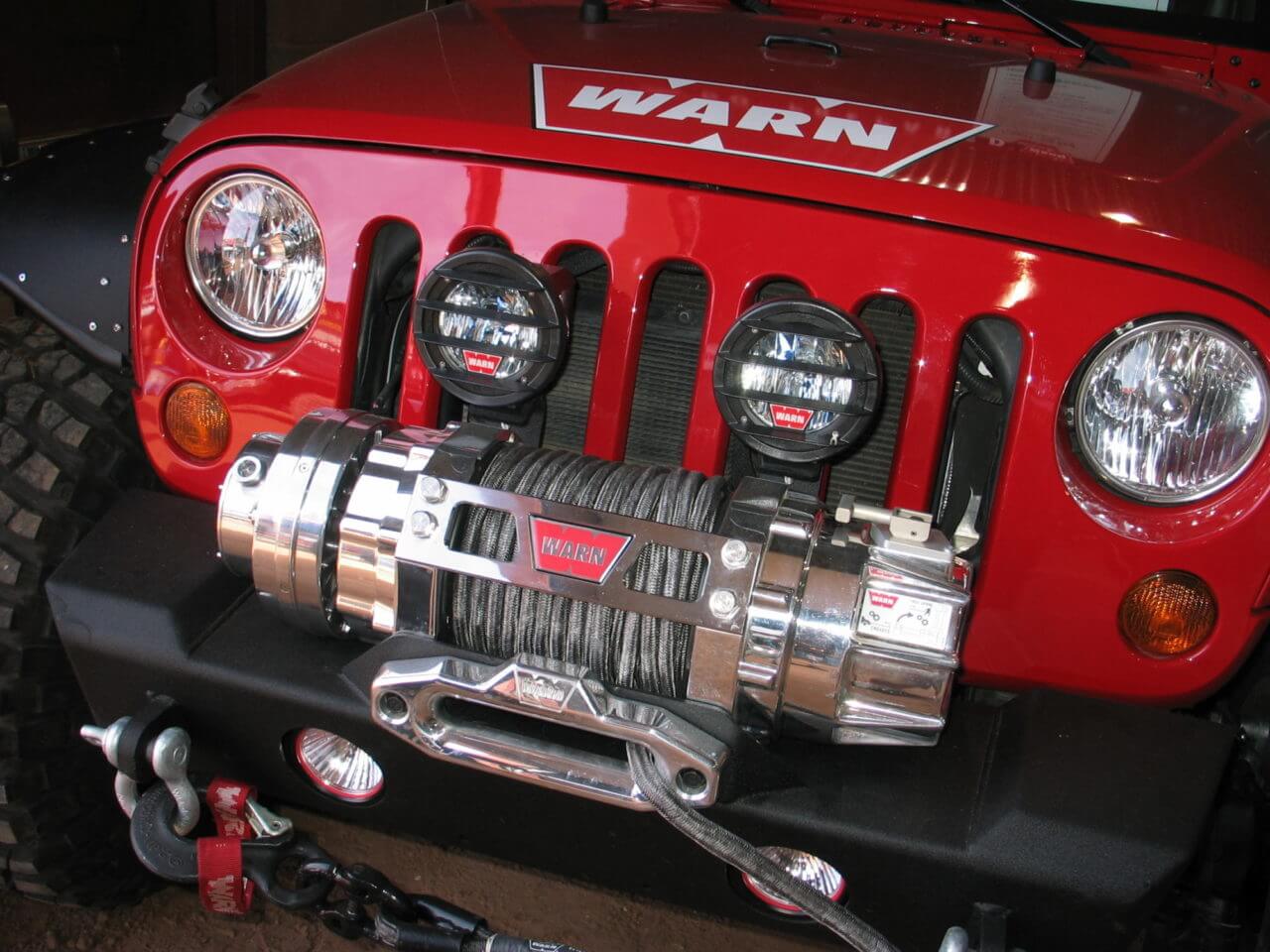
You can purchase as big a winch as you like, but overall weight and line speed should be considered. In most cases you’ll want a winch capable of pulling 1.5 times the gross weight of your 4×4. This 20,000-pound winch looks cool, but is clearly overkill for this Jeep.
How Much Winch Do I Need?
Traditional electric off-road recovery winches are rated in pounds of pulling force. In most cases you’ll want a winch that has a pull rating of 1.5 times the gross weight of your 4×4. For example, if your fully loaded rig weighs in at 6,000 pounds, you’ll want a winch that’s rated for at least 9,000 pounds. Overlanders should pay particular attention to weight. It’s not unusual for a loaded full-size truck and off-road camper to tip the scales at more than 10,000 pounds, meaning you’ll need to steer into a heavy-duty winch capable of pulling 15,000 pounds or more. As the winch pull rating increases, the winch mounting becomes more complicated and robust. There are many different winch mounts available for most popular 4×4 makes and models. Be sure to match the winch mount capacity to the winch you plan to add. You don’t want to overpower the mount and have the winch tear itself from the vehicle during an extreme extraction.
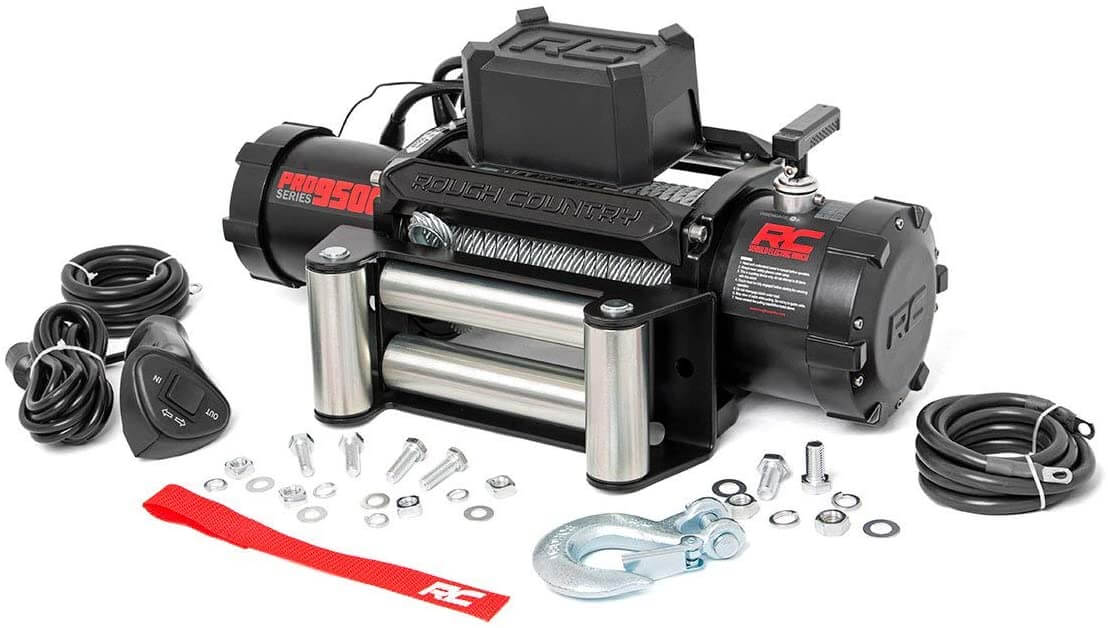
Low cost recovery winches can be had for as little as $299. They are a great buy for casual off-roaders that might need to extract a vehicle someday, but still want to save some money. Budget-minded winches are best for those that plan to use their winch infrequently.
Why Can’t I Just Buy The Cheapest Winch?
Winches are pretty much like anything else in life. You get what you pay for. It’s unreasonable to think that a $300 winch is comparable to a $1,700 winch. However, if you don’t plan on using your winch often or it’s more of an accessory to hang off the front of your 4×4, then the less expensive winches can save you a lot of money. Those that plan to frequently travel more difficult trails, expect to navigate alone over great distances, or simply know they will use their winches regularly should choose a higher quality winch.
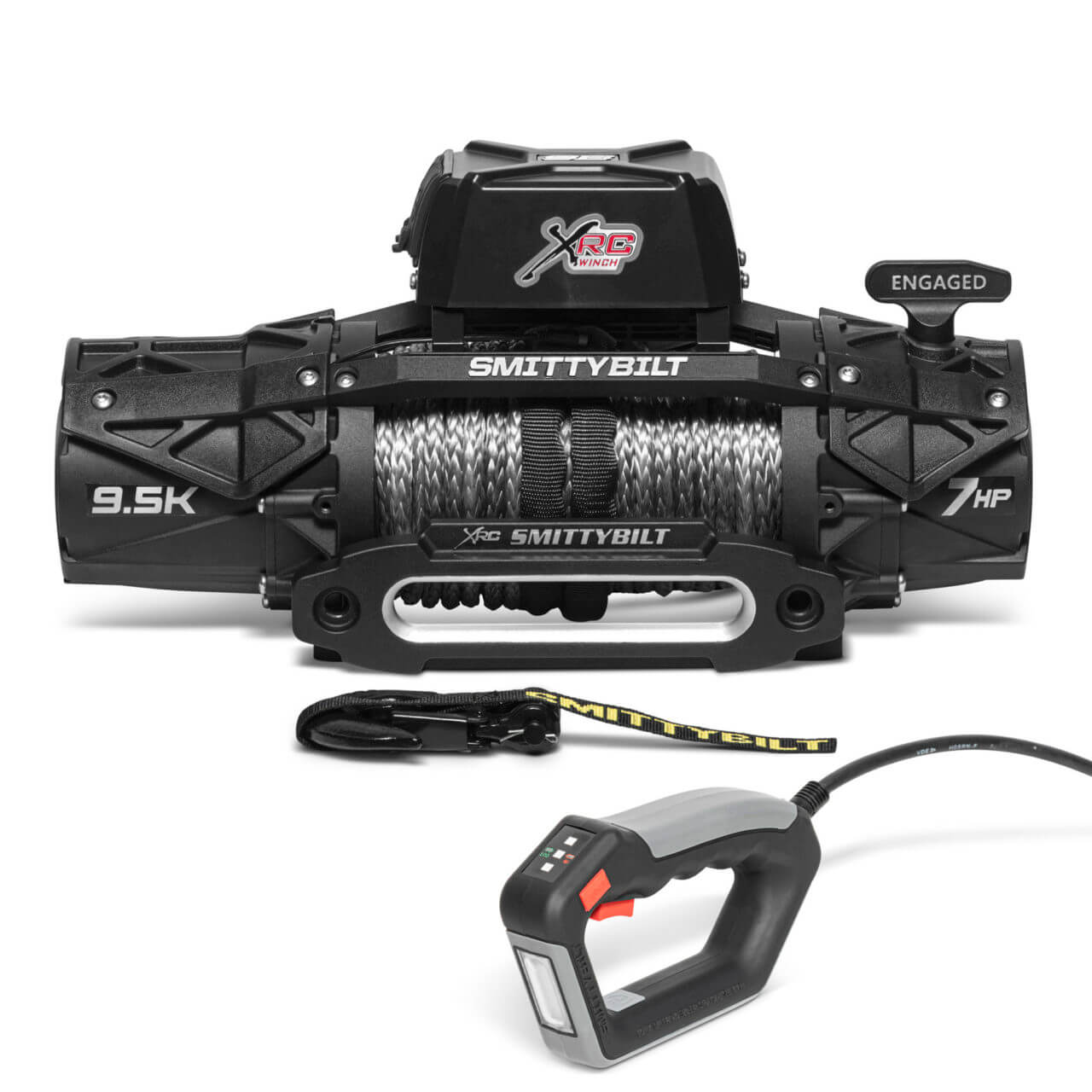
Integrated winches have the solenoid box built into the winch body. It’s sleeker and more modern looking, but this winch design usually doesn’t fit in hidden and low-profile winch mounts. The Smittybilt XRC Gen3 winch features a solenoid box that can be mounted in multiple positions or remotely mounted to give you a lower profile look for tight applications. Always make sure the winch you want fits the mounting plate or winch bumper you plan to use.
Which Winch Design Is Best?
There are three basic winch designs and they each fill a different need. Integrated winches have the electric solenoid box built into the winch body. This offers a sleek design, but they often cannot be used in hidden winch mounts or on low profile bumpers. Winches with the more traditional externally mounted solenoid box often look clunky and ugly, but the box and its electronics can easily be moved on the winch for space constraints or completely removed and remote mounted under the hood or elsewhere. Some hidden and low profile winch mounts require this type of winch. The third most common winch design is the upright winch design. It’s an older design and is not as popular today as it was in the past. Upright winches, such as the Warn 8274-50 are generally heavy, take up a lot of space, block airflow through the radiator and are not easily mounted. They require a completely different winch mounting plate than the other two winch designs so applications are limited.
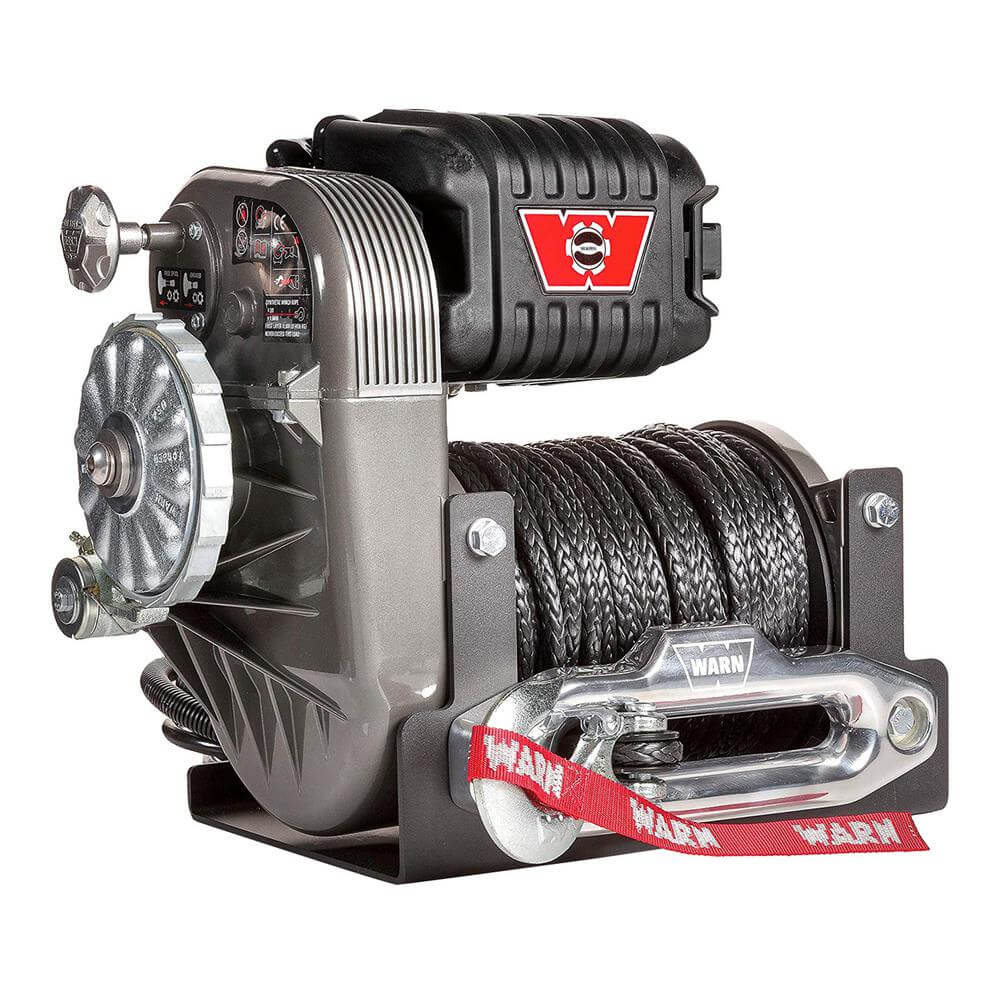
The Warn 8274-series of winches are some of the fastest on the planet. With a No Load line speed of around 80 feet per minute they are more than twice the speed of most standard winches, which can be dangerous in the hands of an inexperienced user.
Is Winch Line Speed Important?
You might think that the winch line speed is purely a personal preference. Winches with slower line speeds are certainly easier and safer for an inexperienced user to operate, but there is a little bit more to it than that. The line speed of a winch is dictated by several factors. These include the power of the electric motor, the gear reduction of the winch and the load on the winch line.
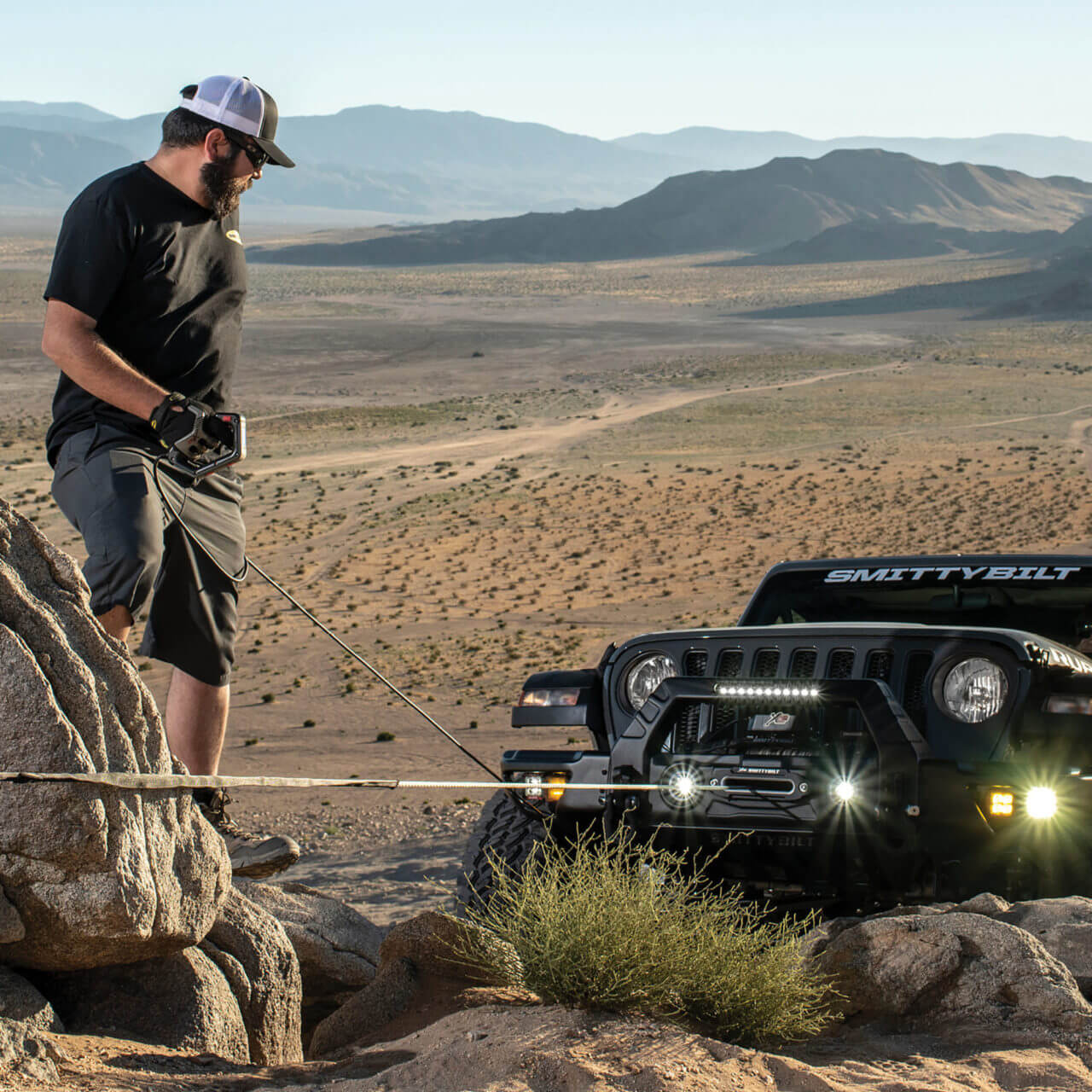
As the load on any electric recovery winch increases, the line speed decreases. Also, in most cases a winch with a higher pull rating requires increased gear reduction. The deeper gear reduction ultimately reduces the winch line speed. By design, heavy-duty winches with pull ratings of 10,000 pounds or more typically have slower line speeds than light-duty winches in the 6,000-9,000-pound range. Something else to keep in mind is that low cost winches often have a cheaper and less powerful electric motor. The decrease in motor power is sometimes compensated by utilizing a deeper gear reduction in the winch, which of course decreases the line speed all around. Economical winches in a particular weight category will usually have significantly slower winch line speeds. When shopping for a quality winch you can compare the electric motor power output, winch gear reduction along with the loaded and unloaded line speeds. The higher quality winches in a given weight category will have more powerful motors, less gear reduction and will generally have faster line speeds both loaded and unloaded.
Winch line speed is also a personal preference. With enough gearing, even a lower quality less powerful winch motor can eventually get the job done, but some people don’t have the patience for a slow winch. Also, in some extreme cases a safe vehicle recovery requires quick thinking and fast action. The last thing you want to do is wait for a slow winch if someone’s life is on the line. These are all considerations when contemplating whether a fast or slow winch line speed is right for you.
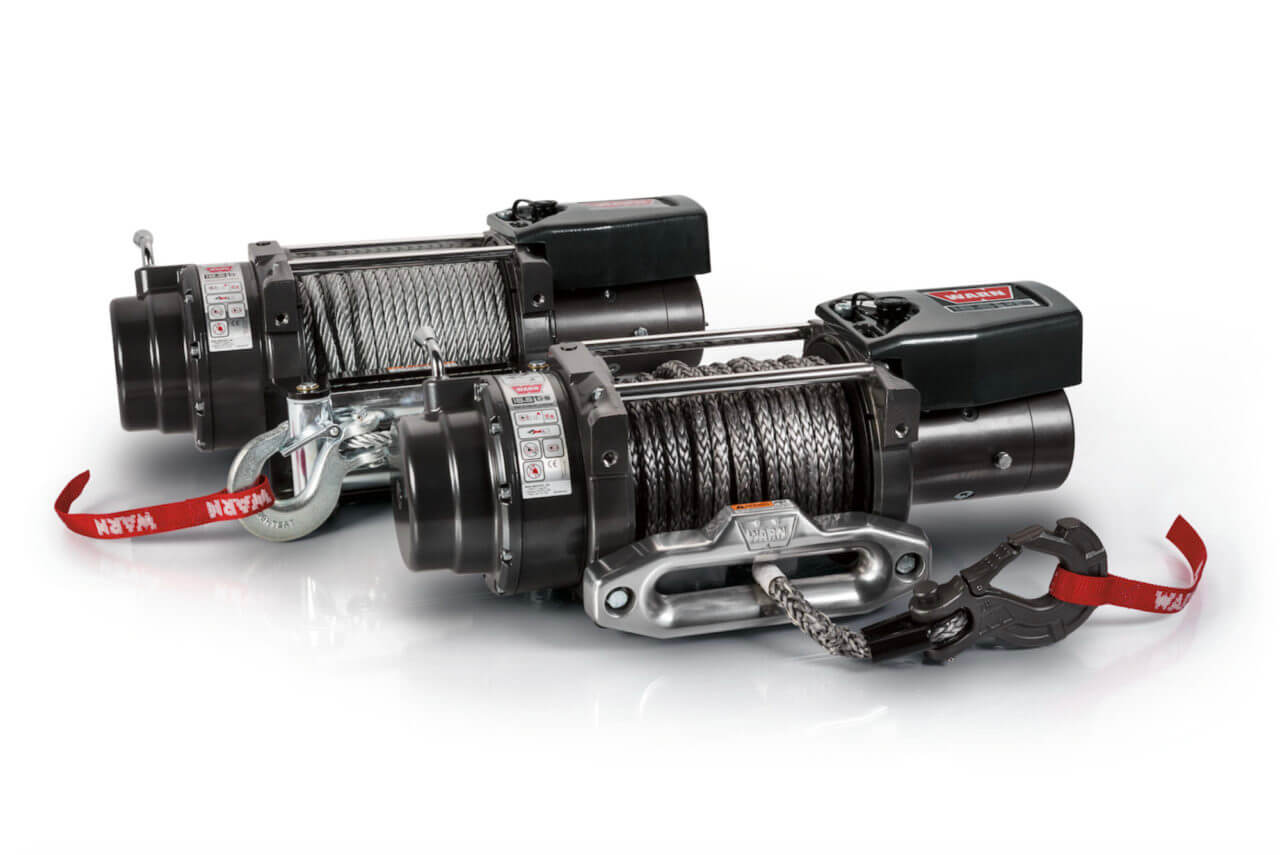
Most popular winches are available with either wire or synthetic rope. Both choices have pros and cons. The factors that are most important to you will dictate which one you should select. Wire rope is generally more durable in rough terrain, but synthetic rope is definitely safer.
Should I Get A Winch With Wire Or Synthetic Rope?
Synthetic winch ropes have greatly increased in popularity. So much so that many winches are available new with either traditional wire or synthetic rope. Which is right for you will depend on where you use your winch and of course your personal preference. Both wire winch rope and synthetic winch ropes have pros and cons. While it’s true that wire ropes are more likely to kink and fray if carelessly spooled on the winch drum, it’s also true that synthetic winch ropes are more susceptible to degradation from dirt, mud, sharp rocks and direct sunlight. Wire ropes are more sun, dirt, mud and rock resistant, but they are heavier and frays in the line can snag even a gloved hand. Synthetic ropes are generally safer to use and easier to repair, but they become significantly weaker when dirt and mud get in the rope fibers. They also reduce the cooling efficiency of the brake in the winch drum. So if you want a more durable winch line, don’t mind the dangers that come with wire winch rope and you are okay with correctly respooling your winch after each use, then wire rope might be for you. If you prefer an easy to use and safer winch line, can stand regularly unspooling and washing your synthetic winch rope and using the correct rope protection sleeves in sharp rocky terrain, then maybe the synthetic winch rope is for you.
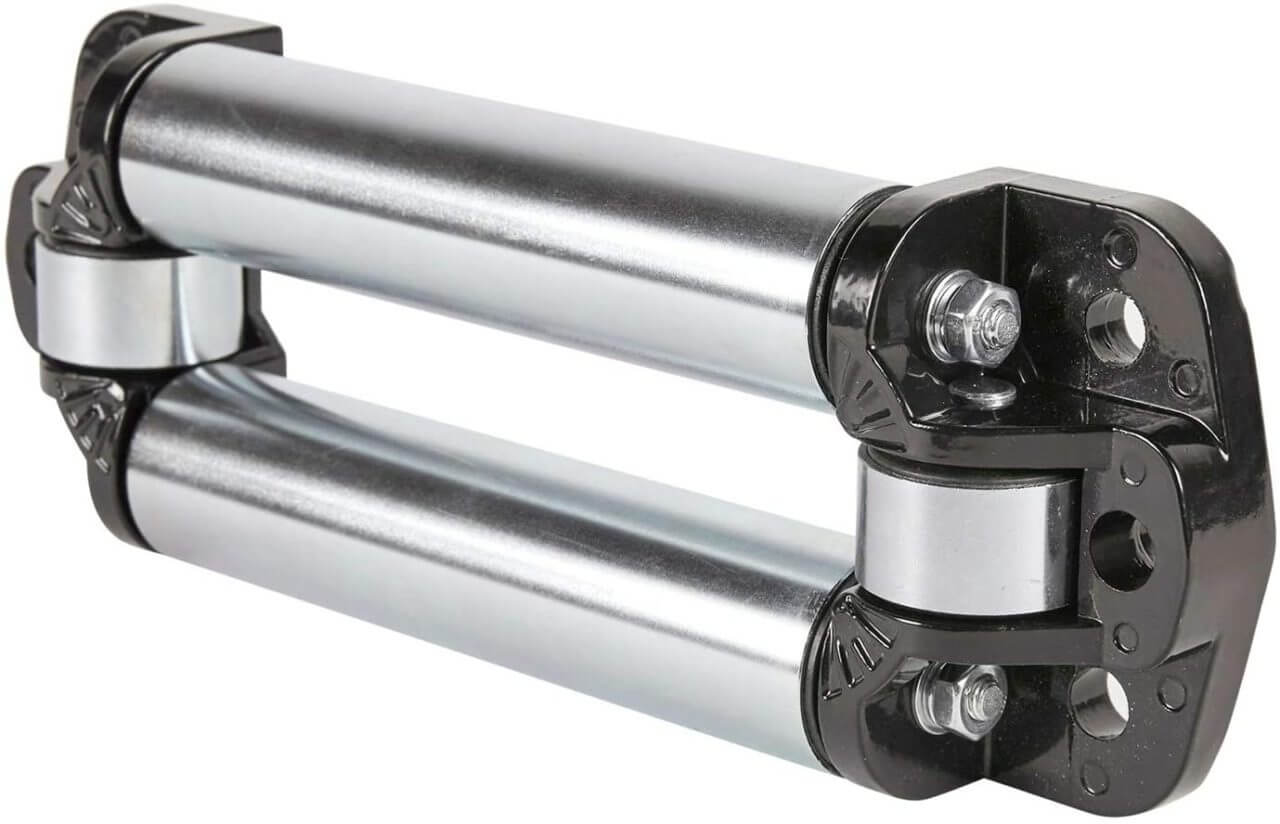
Many people prefer a hawse fairlead because of the less protruding design. Others prefer a roller fairlead because it’s easier on the winch line during pulls at aggressive angles. Smittybilt offers a low-profile roller fairlead that gives you the best of both worlds.
Do I Need A Roller Or Hawse Winch Fairlead?
Recovery winches almost always come with a hawse or roller fairlead. A fairlead is required to keep the winch line from binding and make sure it winds up properly on the winch drum during an extraction. Smooth aluminum hawse fairleads are usually preferred for use with a synthetic winch line. Steel hawse fairleads can be used with wire rope. The design of a hawse fairlead allows it to be more low profile than a comparable roller fairlead, but that’s pretty much where the advantages stop. Pulling at a hard angle with a hawse fairlead can lead to winch line binding and failure regardless of what type of winch line you choose to use. Roller fairleads are far better at dealing with pulls at aggressive angles, but they do reduce the approach angle of a 4×4, especially in low-mounted and hidden-winch applications.
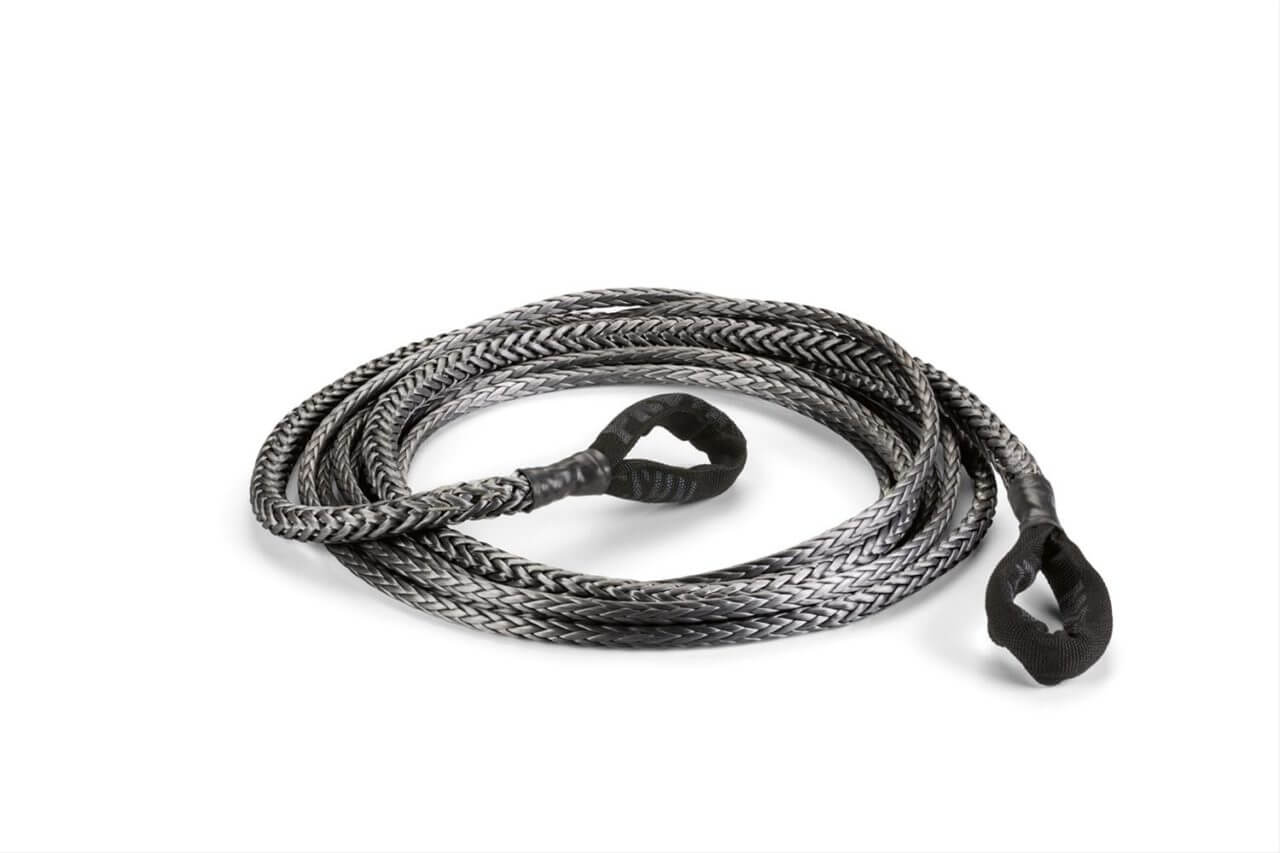
Most electric recovery winches have around 100 feet of winch line. In extreme cases where winch anchor points are few and far between you may want to bring along a winch extension line. They are available in both wire and synthetic rope versions. Of course the synthetic rope is much lighter and easier to store in your 4×4.
How Long Should My Wire or Synthetic Winch Rope Be?
Winches are available in a variety of designs that allow for few different winch line lengths. Most winches come with about 100 feet of line on them, however there are some lightweight compact winches with only 50 feet of winch line, while other winches have as much as 150 feet of winch line on the drum. If you frequent more desolate areas with fewer natural winch points, you’ll likely want the longest winch line possible. You may even consider carrying an additional 100-foot winch extension line so you can reach out further to a solid anchor point. Winches with shorter winch line lengths should be reserved for competition vehicles and applications where there are plenty of large trees, rocks and other 4x4s to hook up to.
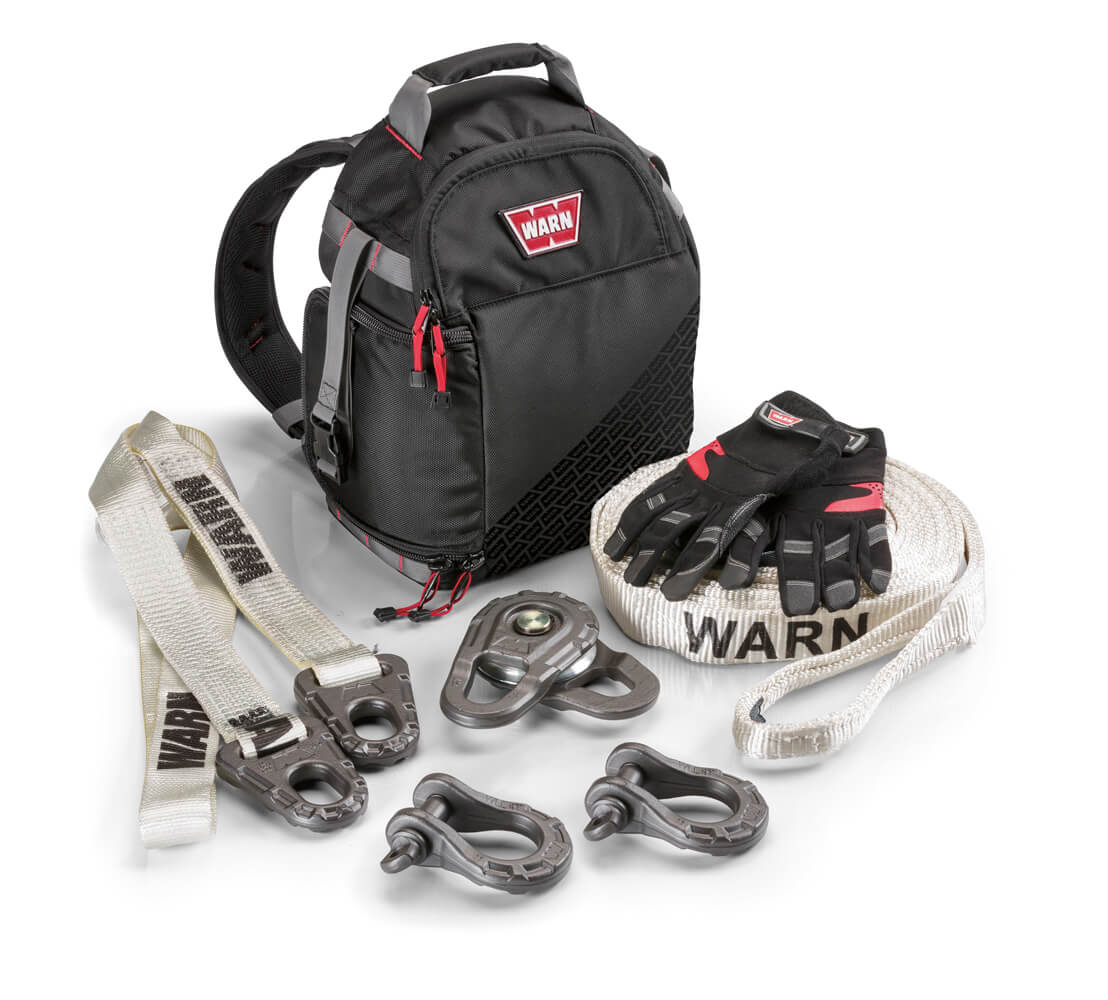
Once you get your winch all mounted up, you’ll appreciate having a winch recovery bag that includes gloves, a tree strap, clevises and a snatch block. These accessories make your recovery winch more useful during pulls that are more complicated than a straight shot.



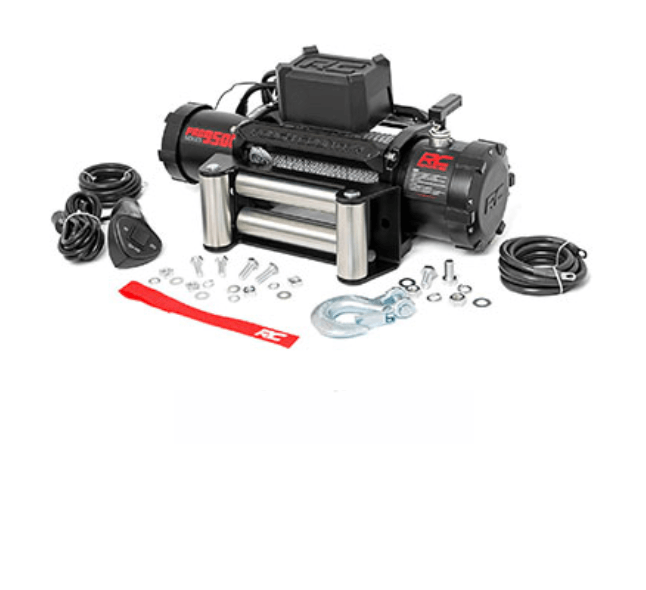
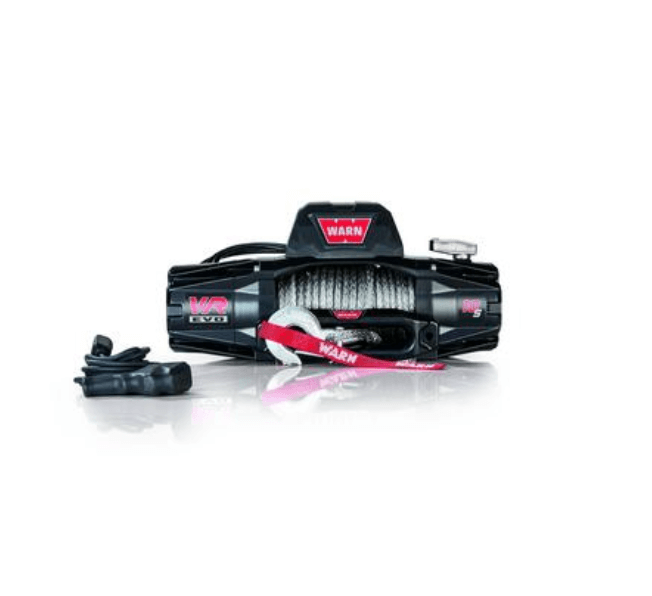
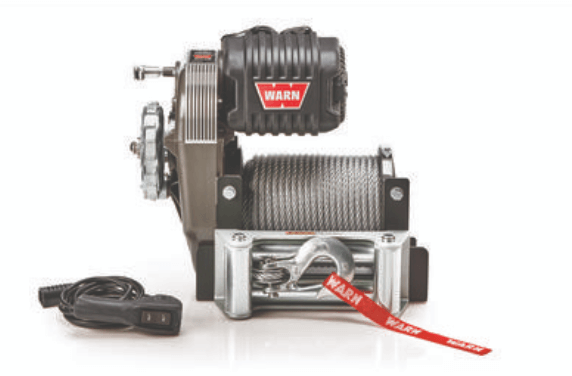
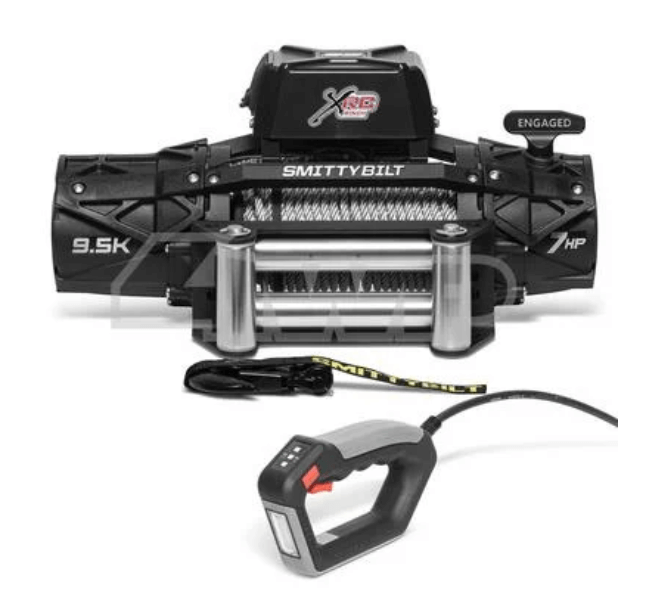
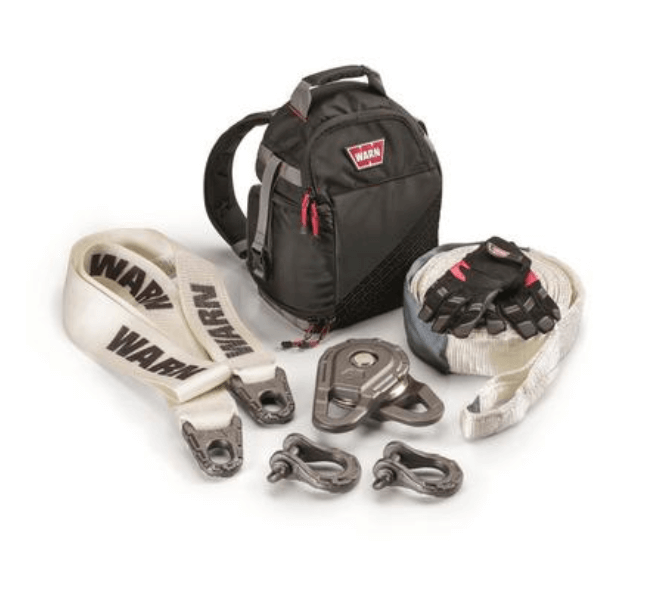
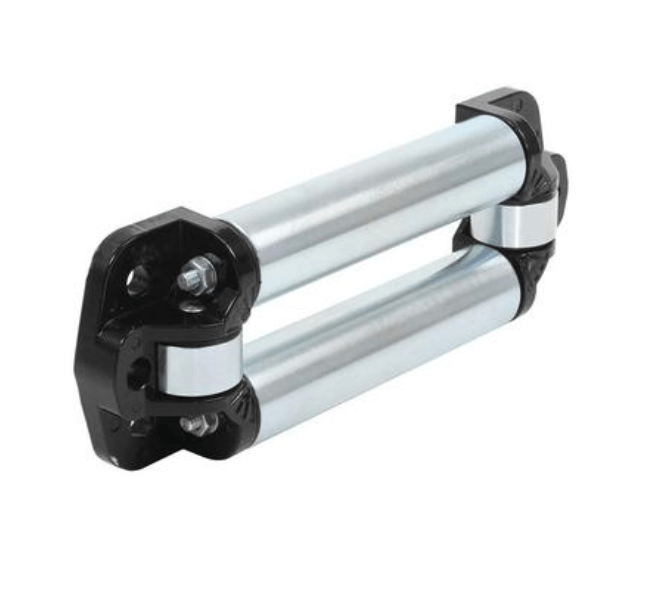
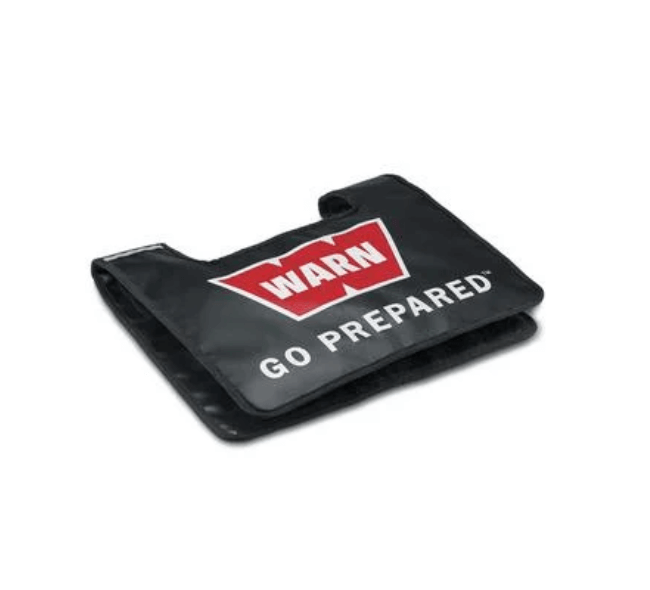
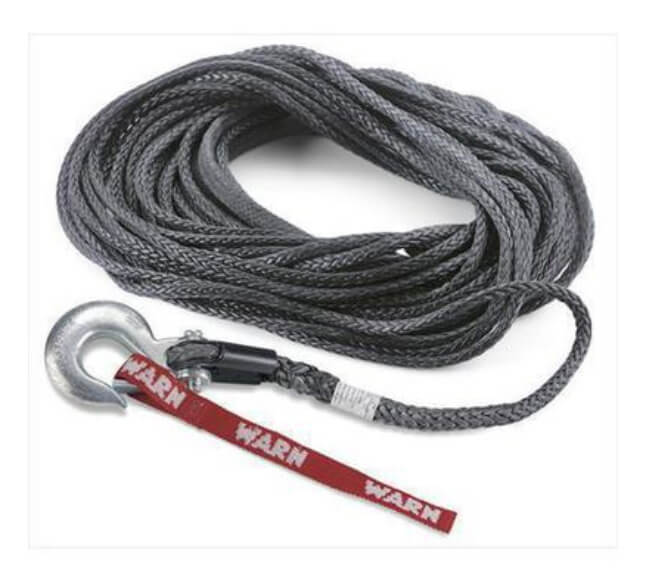
2